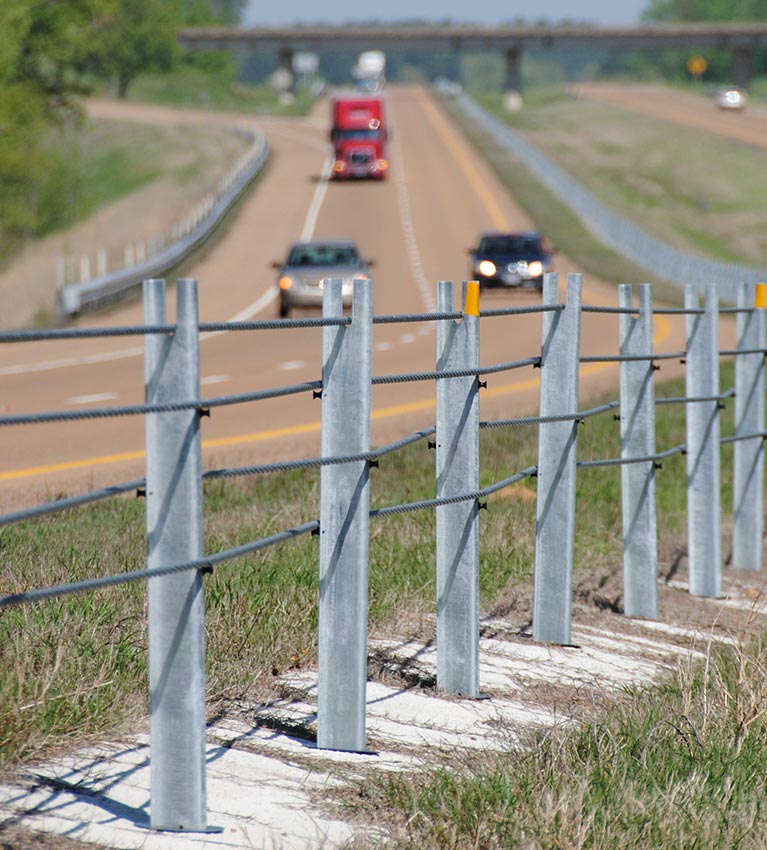Road Smart
Intelligent Transportation Systems
MDOT is looking for ways to better manage its existing infrastructure in lieu of continuing to build and expand highway lane miles. Intelligent Transportation Systems (ITS), which combine computer and communications technology with real-time traffic management and information coordination, offer tremendous promise for improving the efficiency and safety of MDOT’s transportation network.
The ITS system consists of a network of strategically located traffic monitoring video cameras and a communication infrastructure designed to bring the streaming video data back to the Traffic Management Center where operators in Jackson (working 24/7), and in other locations, are able to monitor traffic incidents and issue traffic alerts to motorists through various outlets, such as the dynamic message boards (DMS), email accounts, Twitter, smart phone apps and postings at the mdottraffic.com website.
View the Average Daily Traffic counts here.
What Are the Benefits of ITS?
ITS includes a wide array of applications, from advanced traffic signal operations to automated monitoring of traffic conditions to weather monitoring to disseminating real-time traveler information to the public in a variety of methods. The use of ITS applications have resulted in the following:
- Advanced arterial signal systems have been found to reduce motorist delays up to 42%, reduce stops up to 35%, increase average travel speeds up to 22% and reduce fuel consumption up to 18%
- Freeway management systems have resulted in increased travel speeds of 16-62%, travel time decreases of 20-48%, capacity increases of 17-25% and accident reductions up to 50%
- Roadway weather management systems have been found to reduce weather-related accidents by over 70% through enhanced detection and motorist warning or guidance
- Advance transit routing and scheduling applications have been found to reduce passenger travel times by 30% and increase para-transit trips by 55%
- Surveys of drivers found that 18% of respondents changed travel routes more than five times per month based on traveler information posted on Dynamic Message Signs (DMS)
- Computer Aided Dispatch (CAD) and Automatic Vehicle Location (AVL) technologies have been found to improve on-time bus performance up to 23%
ITS deployment and operation will help to improve the quality of life in the state. It will promote a strong economy, help to attain environmental goals and support the efficient use of energy.



